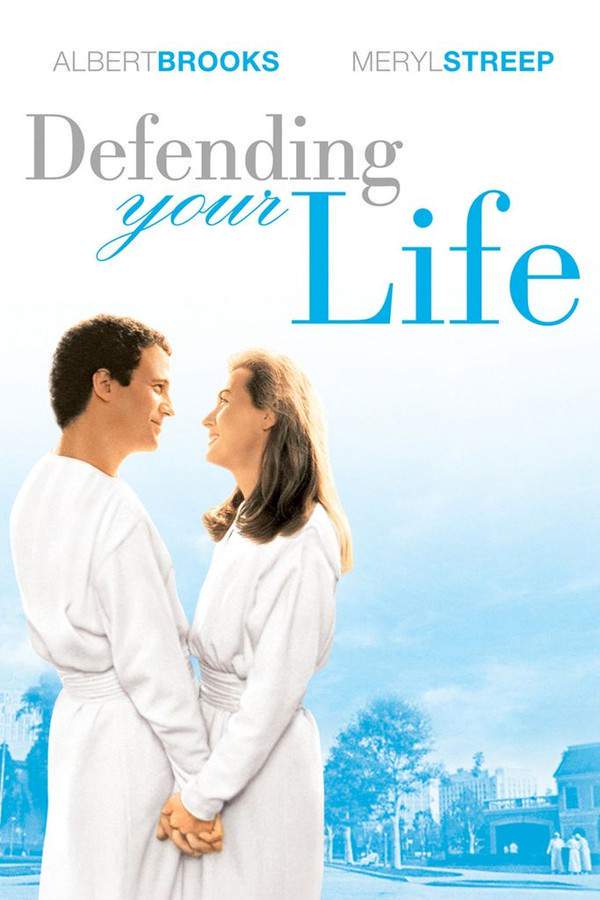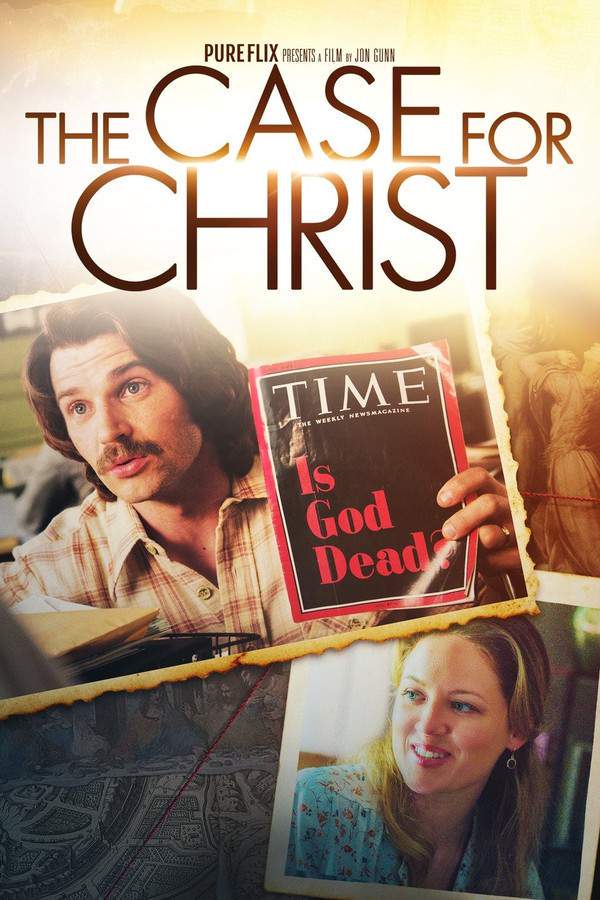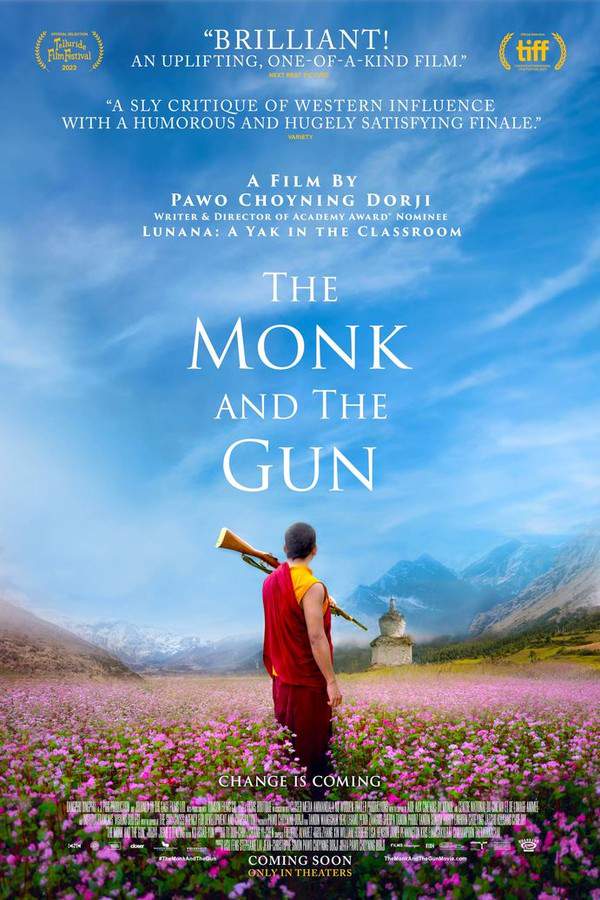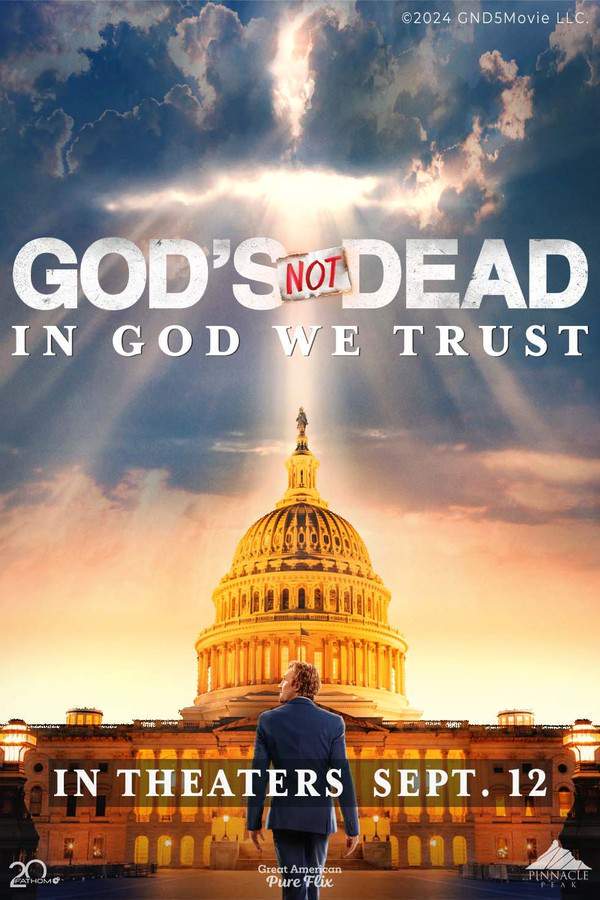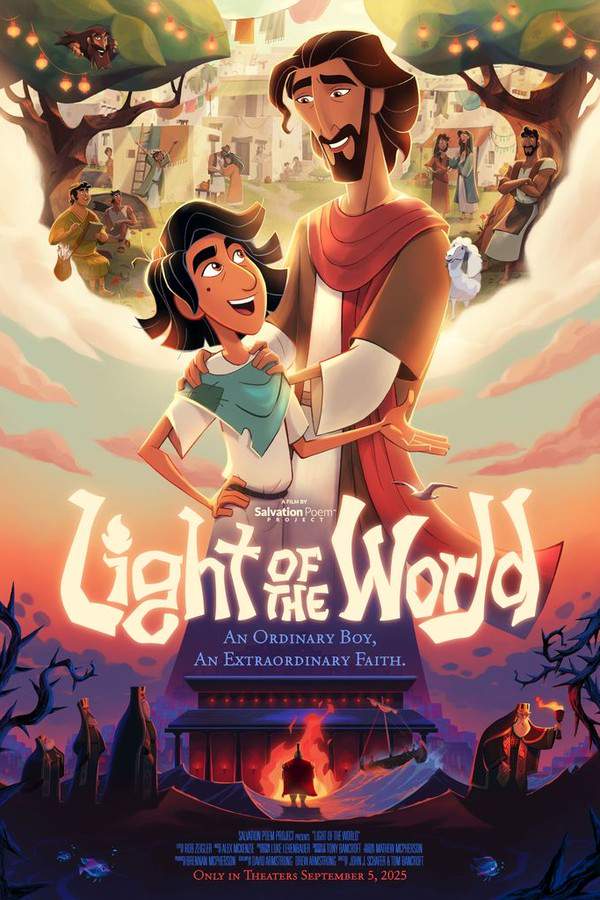
OMG: Oh My God!
Year: 2012
Runtime: 125 mins
Language: Hindi
Director: Umesh Shukla
A Divine Comedy. A shopkeeper takes God to court when his shop is destroyed by an earthquake.
Warning: spoilers below!
Haven’t seen OMG: Oh My God! yet? This summary contains major spoilers. Bookmark the page, watch the movie, and come back for the full breakdown. If you're ready, scroll on and relive the story!
OMG: Oh My God! (2012) – Full Plot Summary & Ending Explained
Read the complete plot breakdown of OMG: Oh My God! (2012), including all key story events, major twists, and the ending explained in detail. Discover what really happened—and what it all means.
Kanji Lalji Mehta, Paresh Rawal, is a middle-class Hindu atheist who runs a shop dealing in Hindu idols and antiques in the bustling Chor Bazaar of Mumbai. When a rare, low-frequency earthquake rattles the city, his shop is the only one destroyed, leaving his family and friends quick to blame his atheistic views for the disaster. The loss is painful not just financially but emotionally, as the community questions whether his beliefs invite misfortune upon them all.
The next day at the insurance office, Kanji and his neighbor Mahadev, Nikhil Ratnaparkhi, discover a grim hurdle: the disaster falls under a blanket clause described as an “Act of God,” and such claims are not covered. With options dwindling, Kanji resolves to sue God itself, yet he cannot find a lawyer willing to take on such a case—until he encounters Hanif Qureshi, Om Puri, a poor Muslim lawyer who is disabled but undeterred. Qureshi agrees to help file the case, and Kanji decides to fight not only for himself but for those who share his plight.
Legal notices go out to the insurance company and to the religious leaders who claim to represent God on Earth. Siddheshwar Maharaj, Govind Namdev, and Leeladhar Swamy, Mithun Chakraborty—along with their followers—are summoned to stand as representatives of God in a courtroom showdown that promises to be anything but ordinary. In the preliminary hearing, the opposing lawyer Sardesai, Mahesh Manjrekar, asks the jury to dismiss the case. Kanji counters by pointing out that religious groups themselves proclaim representation of the divine and thus bear responsibility for their actions; the judge agrees, and the case moves forward.
The court drama draws public fascination with its surreal premise. Yet Kanji’s path grows increasingly perilous as armed fundamentalists close in, his mortgage lender occupies his home, and his wife contemplates leaving him. In every crisis, a startling savior appears: Krishna Vasudev Yadav, Akshay Kumar, who presents himself as a real estate agent from Gokul, Uttar Pradesh—and who resumes miraculous acts that transcend ordinary law. Krishna buys Kanji’s home from the bank while ensuring Kanji can continue living under his roof, all while maintaining an air of mystery about his true nature.
Krishna is portrayed as a young, fearless man whose signature embroidered key-chain is a constant visual cue. As the courtroom saga gains traction and public sympathy tilts toward Kanji, Krishna urges him to take his message to the media. An interview brings wide attention to Kanji’s stand, and the flood of claimants who were denied compensation under the “Act of God” policy pours into Hanif Qureshi’s home to join the suit. Kanji agrees to represent not only himself but the many who were left penniless by the policy’s loophole.
In a twist, Catholic priests and Muslim mullahs are summoned as defendants as the case widens its scope. Sardesai challenges Kanji to prove that the disaster was an “Act of God,” and the judge, Yusuf Hussain, demands a concrete written record that can withstand scrutiny. Hopelessness threatens to derail the pursuit, until Krishna’s guidance pushes Kanji toward a deeper study of sacred texts—The Bhagavad Gita, the Quran, and the Bible—seeking a universal rationale for the world’s creation and its trials.
For a month, Kanji immerses himself in holy scriptures, hoping to uncover a passage that could shore up his claim. He eventually cites a verse arguing that the world is a creation of God and that life and destruction unfold by His will. But just as understanding dawns, tragedy strikes: Kanji collapses, slipping into a coma. Doctors announce that his body is paralyzed and that only God can save him. The media reports his death, but Kanji’s condition abruptly reverses when Krishna arrives—Krishna touches Kanji with his key-chain and endows him with renewed life and strength.
Krishna then reveals a startling truth: he is the Lord Krishna in human form, who has saved Kanji to demonstrate that God exists but not within temples or ritualized spaces alone. Religion, Krishna explains, was crafted by humans, while He Himself created the world and all its inhabitants. He destroyed Kanji’s shop not to punish but to challenge the god-men who monetize faith and intimidate believers. Krishna’s philosophy is clear: he does not reside in temples, nor does he crave offerings; instead, he envisions a world where millions suffer hunger while temple coffers grow.
The revelation shifts the case from a legal battle to a spiritual awakening. The court’s verdict ultimately orders compensation for all plaintiffs, and Kanji begins to be hailed by the public as a “god” in the sense of moral authority rather than worship. Meanwhile, Leeladhar Swamy, Gopi Maiyya, and Siddheshwar inaugurate a temple dedicated to Kanji, amassing substantial donations. Yet Kanji’s family plans to remove him from life support, signaling the end of one journey and the beginning of another.
Krishna explains that his role as God is to reveal right and wrong, leaving people to act as they see fit. With that, Kanji resolves to fight back against coercive religion and blind faith. Mounted on Krishna’s motorcycle, the two ride to the heart of the procession, arriving just in time to address the crowd. Kanji publicly tears down the temple and its statue, urging people to search for God within themselves and in others rather than in idols. He condemns fraudulent god-men who turn religion into business and mislead the vulnerable.
After delivering his impassioned speech, Kanji returns to thank Krishna, only to find that the pair has vanished—along with the motorbike. His family arrives as he resumes life with them, but a final moment presses the question of faith: Kanji notices Krishna’s key chain on the floor. As he reaches to tuck it away, Krishna’s voice returns, urging him to discard the key chain altogether because idol worship was exactly what he fought against. With a knowing smile, Kanji drops the chain, a powerful symbol that faith resides not in objects but in the choices people make and the compassion they show to one another.
Last Updated: October 01, 2025 at 13:07
Explore Movie Threads
Discover curated groups of movies connected by mood, themes, and story style. Browse collections built around emotion, atmosphere, and narrative focus to easily find films that match what you feel like watching right now.
Philosophical Courtroom Comedies like OMG: Oh My God!
Legal battles become the stage for deep, thought-provoking questions about life and belief.If you enjoyed the unique courtroom drama of OMG: Oh My God!, discover other movies where legal battles tackle big ideas. These films blend legal tension with comedy and profound philosophical questions, creating a similar feel to the story of Kanji Lalji Mehta.
Narrative Summary
Stories typically center on a high-stakes legal case that challenges conventional wisdom or a powerful institution. The protagonist, often an underdog, uses the courtroom as a platform to argue for a larger truth, with the narrative weaving between legal strategy, personal transformation, and witty dialogue that explores the film's central theme.
Why These Movies?
Movies in this thread share a unique blend of the courtroom procedural structure with comedy and intellectual debate. They feature a similar mix of steady pacing, medium intensity, and a hopeful tone, using the legal framework to deliver thought-provoking and ultimately uplifting messages.
Movies about Divine Intervention like OMG: Oh My God!
Where the divine enters the mundane, challenging characters to rediscover faith and humanity.Fans of the divine comedy in OMG: Oh My God! will enjoy these films where gods or miraculous events challenge human beliefs. These stories share a similar mix of spiritual themes, whimsical tone, and a hopeful message about finding the divine within ourselves and each other.
Narrative Summary
The narrative pattern involves an ordinary person's life being disrupted by an undeniable supernatural event or entity. This triggers a crisis of faith or belief, forcing the character to question established systems. The journey is filled with wonder, humor, and challenge, culminating in a personal enlightenment that reaffirms the value of compassion and humanity over blind ritual.
Why These Movies?
These films are grouped by their shared use of divine or miraculous elements to explore themes of faith, corruption, and personal awakening. They balance a spiritual core with a lighthearted, often satirical tone, creating an uplifting and thought-provoking experience that challenges institutions while celebrating individual discovery.
Unlock the Full Story of OMG: Oh My God!
Don't stop at just watching — explore OMG: Oh My God! in full detail. From the complete plot summary and scene-by-scene timeline to character breakdowns, thematic analysis, and a deep dive into the ending — every page helps you truly understand what OMG: Oh My God! is all about. Plus, discover what's next after the movie.
OMG: Oh My God! Timeline
Track the full timeline of OMG: Oh My God! with every major event arranged chronologically. Perfect for decoding non-linear storytelling, flashbacks, or parallel narratives with a clear scene-by-scene breakdown.

Characters, Settings & Themes in OMG: Oh My God!
Discover the characters, locations, and core themes that shape OMG: Oh My God!. Get insights into symbolic elements, setting significance, and deeper narrative meaning — ideal for thematic analysis and movie breakdowns.

OMG: Oh My God! Spoiler-Free Summary
Get a quick, spoiler-free overview of OMG: Oh My God! that covers the main plot points and key details without revealing any major twists or spoilers. Perfect for those who want to know what to expect before diving in.

More About OMG: Oh My God!
Visit What's After the Movie to explore more about OMG: Oh My God!: box office results, cast and crew info, production details, post-credit scenes, and external links — all in one place for movie fans and researchers.



